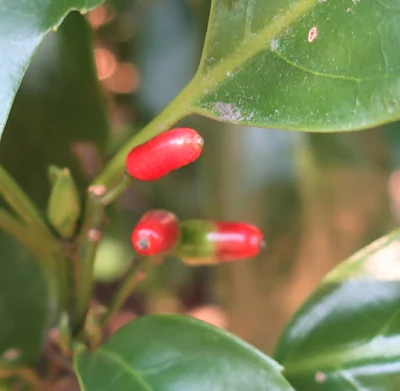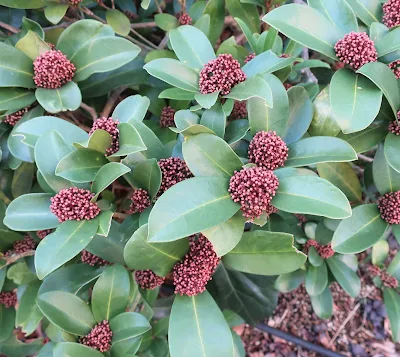Japanese follows English. 英語の後に日本語が続きます。
A Japanese apricot tree has started to bloom in my neighborhood! In Japan, the coldest season in the lunisolar calendar has just set in, but seeing plum blossoms always makes me realize spring isn't far away.
Japan is often symbolized by two flowers, chrysanthemum and cherry blossom. The chrysanthemum is a symbol of the Emperor and the Imperial family. And cherry blossoms have been so popular in Japan at least since the Heian period (794-1185) that the term "flower" itself sometimes means cherry blossoms. The popularity of cherry blossoms is also indicated by the fact that
Kokin Wakashū (i.e., a collection of Japanese
waka poems of ancient and modern times compiled in the Heian period) includes many poems about cherry blossoms. But plum blossoms are as pretty and popular as cherry blossoms!
Man'yoshu, i.e., the oldest existing collection of Japanese poetry compiled during the Nara period (710-784), includes more poems about plum blossoms😊.
So, the blossoms of whether cherry or plum (or
wintersweet!) tell us spring isn't far off, but you know what? They also tell us that the notorious pollen fever season is also coming soon to Japan😂!
 |
| Prunus mume 梅 |
 |
| Japanese plum 梅 |



























